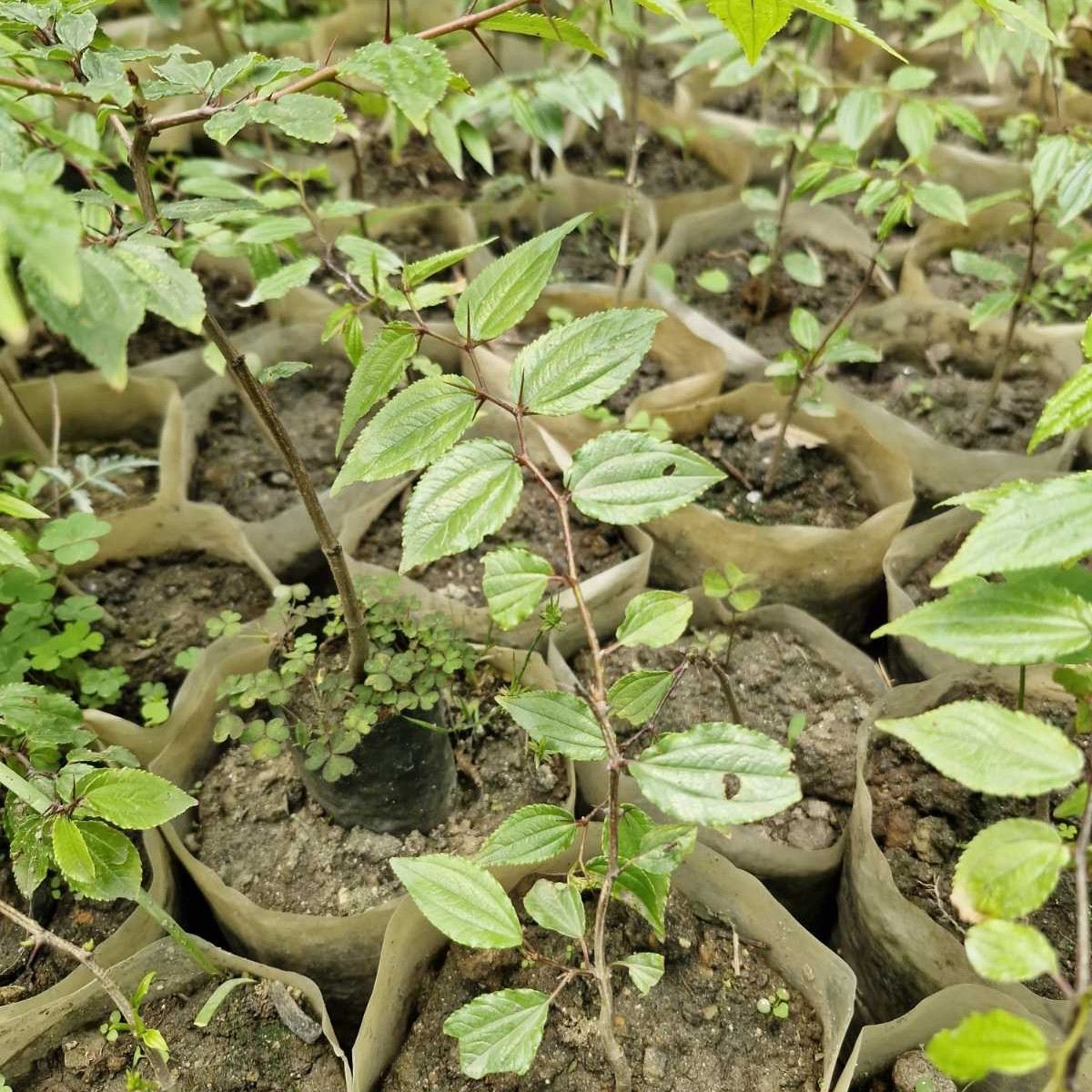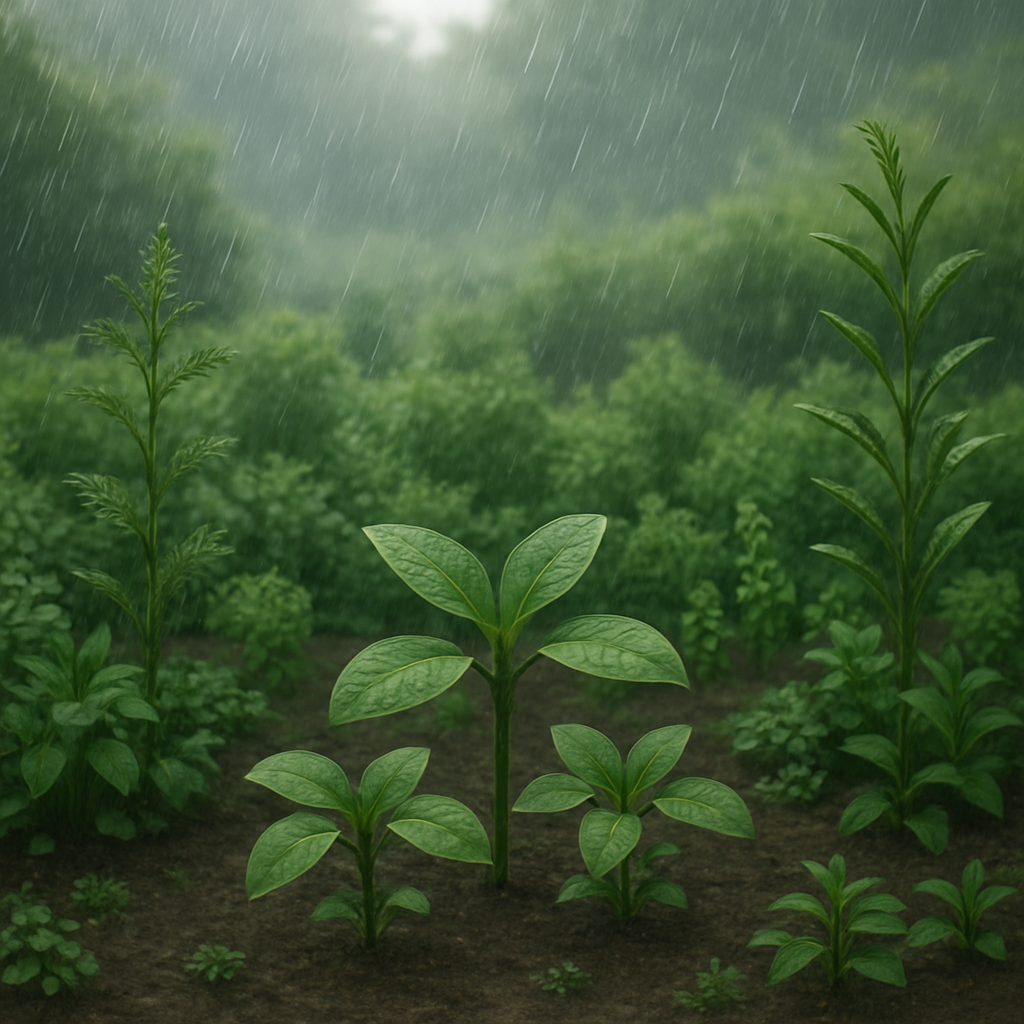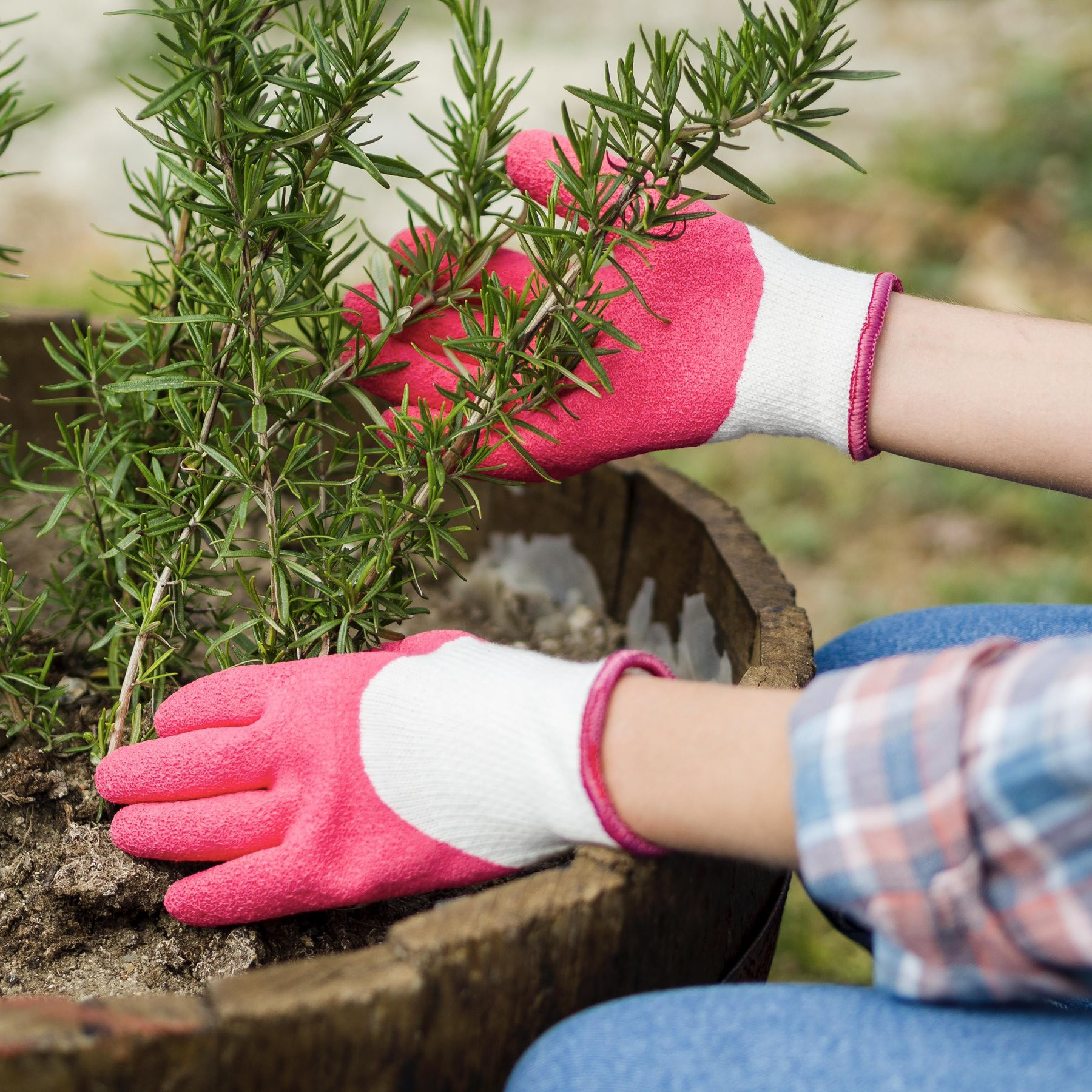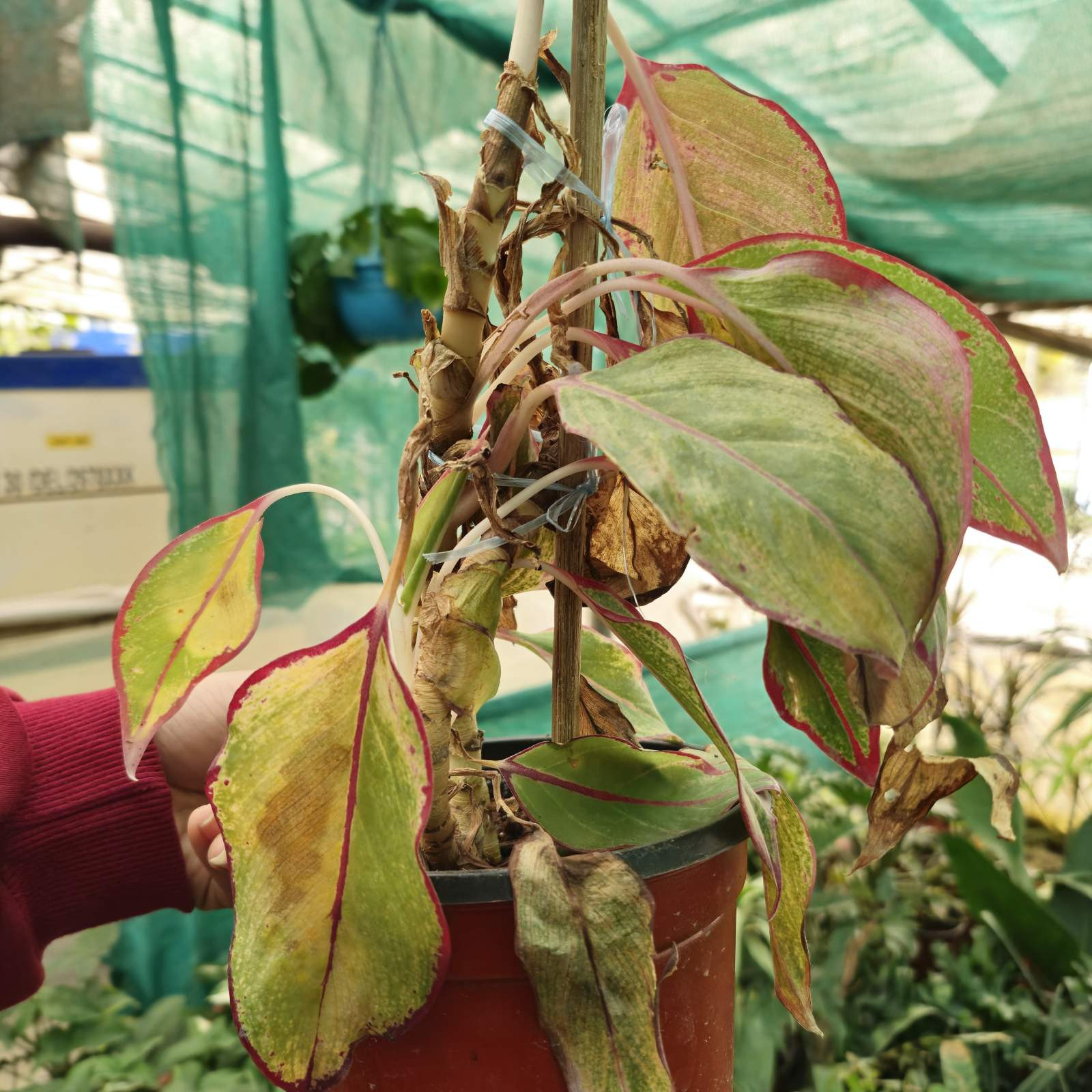No Products in the cart.
Buddha Chitta: The Sacred Plant with Spiritual Significance in Nepal
Have you ever seen monks using a prayer-beaded mala for meditation and mantra recitation? Or, you must have read the news of the Buddha Chitta prayer bead robberies.
So, why is Buddha Chitta suddenly gaining so much popularity?
What is Buddha Chitta?
Buddha Chitta (Ziziphus budhensis) is a plant native to Nepal, traditionally known for its spiritual and cultural significance in Buddhism. The round seeds of the Buddha Chitta tree are used to make Buddha Chitta malas (prayer beads), commonly used by monks and spiritual seekers for meditation and spiritual growth.
Origin of Buddha Chitta
Initially, its cultivation was started by the Tamang community of the Temal region, Kavre district. Prayer malas made from Buddha Chitta caught the interest of the neighbouring countries like India, China, Japan, and Singapore. As demand grew, the value of these sacred beads skyrocketed, bringing substantial income to local growers and uplifting their economic well-being.
Mythical Status
- Lord Buddha had dropped Buddha Chitta seeds in three regions of Nepal: Middle Lumbini, Namobuddha, and Temal. But the Buddha Chitta seed was germinated in the Temal region only.
- Another tale, Guru Padma Sambhava had left behind Buddha Chitta seeds during meditation in Temal, Kavre district of Nepal.
These mythical stories established the cultivation site as the epicenter of this sacred plant’s origin and deepened its spiritual significance among Buddhist practitioners.
Spiritual Significance of Buddha Chitta Faces (Mukhe)
In Buddha Chitta, naturally, lines appear on the bead’s surface known as Faces or Mukhe. The number of faces is believed to represent different spiritual energies and significances.
- 1 Mukhe: Highly spiritually potent, represents enlightenment, extremely rare, and most expensive; associated with Lord Buddha
- 2-3 Mukhe: Represents balance and harmony. Commonly used for daily prayers.
- 4-5 Mukhe: Represents wisdom and protection. Commonly used in meditation.
Economical Value
The Buddha Chitta price is determined by the diameter and the number of faces (Mukhe) of the bead. Bead with 1 face is determined as high-quality and the most expensive, followed by 5 face, 4 face, 3 face, and 2 face. The smaller the diameter, the more spiritually and economically valuable the bead becomes.
The growing demand in the past years has also led to cases of theft and illegal trade- including the arrest of two individuals in 2015 for stealing Buddha Chitta prayer beads worth NPR 5 lakh. More recently, 3 individuals were arrested for stealing NPR 8 lakh worth of Buddha chitta malas.
Planting and Caring for Buddha Chitta
Early monsoon is the right time to plant Buddha chitta, as the moist and humid conditions support the healthy root establishment. This sacred plant prefers subtropical to temperate climates, with an altitude of 1,500-2,800 meters.
Select a bright outdoor spot with partial shade to avoid direct sunlight, as it can cause leaf burn. Plant at a distance of 6-7 meters.
Water the plant moderately, allowing the soil to dry. Waterlogging can cause root rot. Fertilize with organic fertilizer to promote healthy growth during the growing season, but note that smaller beads are considered more valuable, so avoid overfeeding as it may cause bigger beads.
Keep the spot clean and weed-free, and use organic mulch to retain soil moisture and improve soil health, and prevent waterlogging.
To encourage pollination, plant marigolds or mustard plants nearby- these attract natural pollinators that can benefit Buddha Chitta as well
More Than Just a Plant
Budhha Chitta is not just a plant- it’s a spiritual treasure of Nepal symbolizing enlightenment, cultural identity, and a source of livelihood for local communities. By understanding its cultural roots and spiritual significance, we connect more deeply to Nepal’s spiritual heritage and Buddhist traditions.
Watch the video here: https://www.instagram.com/p/C8UQw9BycJb/





